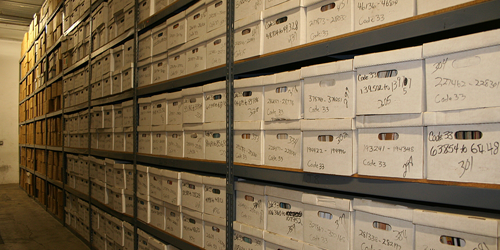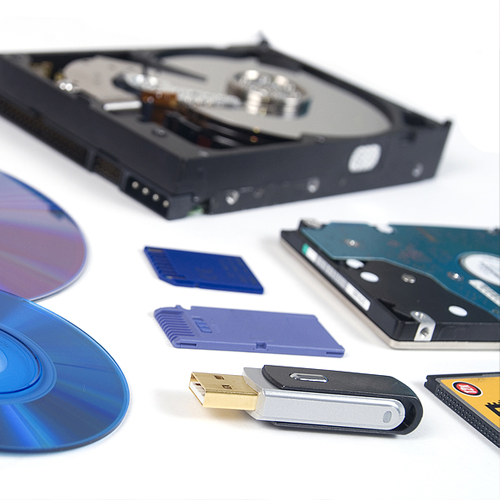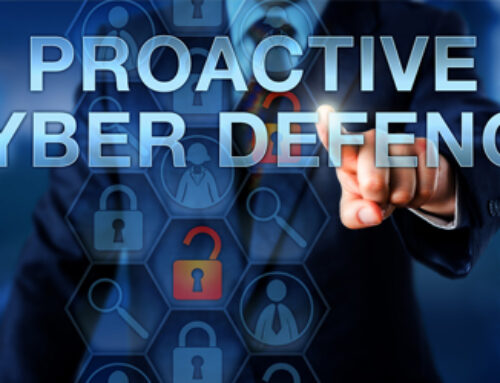
Data is being collected, processed, and stored in unthinkable quantities around the world every day. With all this data piling up, when does it become obsolete? And how can data be safely destroyed? These questions are even more important for business owners that have large quantities of data in multiple locations. If you’d like to learn how to destroy the data on your personal devices, or you are a business owner that handles their own IT services, this guide to digital media destruction will break down everything you’ll need to know to be sure your data has been safely removed and made unrecoverable.
There is a difference between deleting something and destroying it completely. If data is not removed correctly, old devices may have data that is recoverable and could possibly be used for malicious purposes. Nobody wants their old data in the wrong hands, so it’s important that proprietary information is stored securely and when it becomes obsolete, that the media is completely removed, and the device is physically destroyed.
Unfortunately, very few individuals outside of IT support specialists or work in IT services, understand the correct steps to follow to be sure that data and media files are destroyed and unrecoverable by anybody else.
What is Data Destruction?
Data destruction is the complete removal of all data regardless of how the media is stored. Complete digital media destruction means that the data is removed and is unrecoverable so that it can never be recovered and used for unauthorized purposes.
When you delete something from your phone, laptop, or personal computer, simply deleting the media will not fully destroy the data. When you click “Delete” on something, you might not see it anymore, but the data is still recoverable from the storage device it was saved on. Total digital media destruction requires the storage device’s current data to be wiped and overwritten with randomized data, or the device can be physically destroyed.

Why Should data be Destroyed?
Data is being created every second of every day all over the world. There is so much data that in recent years entire industries have sprung up over the collection and analysis of data. With all this data filing servers up, there must be a time when the data has reached the end of its natural life cycle and needs to be removed effectively. This data might include the private or financial information of your business, employees, or clients. If this is the case your company is legally required to follow proper data destruction techniques or face repercussions.
In our modern world, there are many devices that store data and that can make it difficult to know all the places where your information could be saved. These electronic devices have been recommended by the cybersecurity and infrastructure security agency for complete media destruction.
- Personal Computers, Laptops, Tablets, iOS/Android Smartphones – Any electronic device that can store or process data must have its data destroyed properly. These devices contain processing units, memory storage drives, and use operating systems to run programs or apps.
- Digital Media and Digital Media Players – Any electronic device that can create digital content, store digital media, or play digital content. These can be things like iPods or digital cameras.
- Peripheral Equipment and Hardware – External hard drives, printers, monitors, and other external hardware need to have their data destroyed because they permanently store data just like internal hard drives.
- Gaming Consoles – Any device that can save data including video game consoles like Playstations, Xbox, Nintendos, etc. needs to be treated the same way as a computer and have their data destroyed.
Now that you understand where all of the places your data can be saved, it’s easy to see why it’s important to have it removed before you move on to new devices or sell old hardware. Next, we will discuss effective methods for digital media destruction.
What is Effective Digital Media Destruction?
There is more than one way to destroy your digital media. Each of these processes has their strengths and weaknesses so it’s important for you to thoroughly understand each process and decide what will be best for your digital media destruction needs. Some are more efficient on a small scale and better suit a personal computer, while other methods are more suitable and efficient for sensitive information and large-scale destruction.



